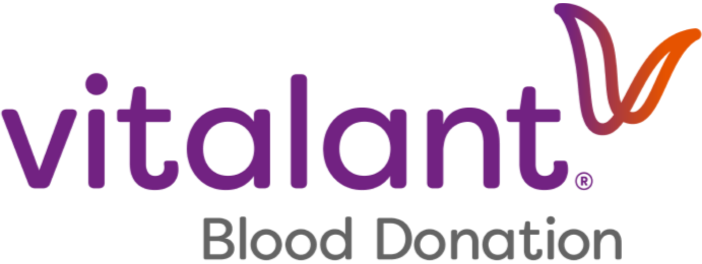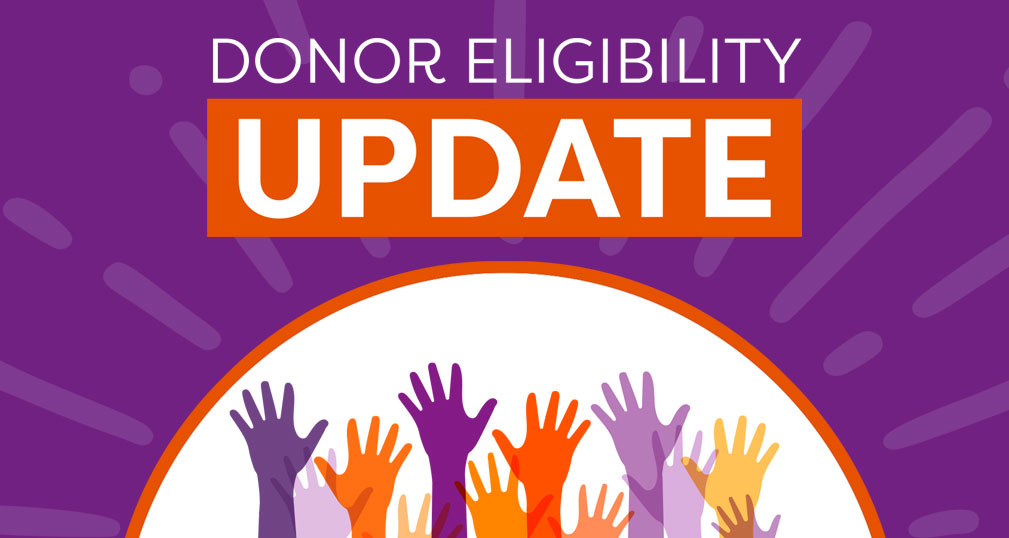Updated from initial statement released May 11, 2023 - Vitalant applauds the Food and Drug Administration’s final guidance, which evaluates blood donor eligibility regardless of sexual orientation or gender while maintaining the safety of the blood supply. This represents a major step forward in fostering a more inclusive blood donation experience for all those who want to roll up a sleeve and help save lives.
Vitalant plans to make donor eligibility updates as soon as possible, once donation materials and computer systems are updated, and staff are trained. We are completing the transition as quickly as possible while ensuring compliance with the FDA's final guidance.
Vitalant is proud to continue supporting evidence-based donor eligibility updates. The FDA cited results from the ADVANCE study and the Transfusion Transmissible Infections Monitoring System (TTIMS) in its recommendations. Vitalant served as the lead research organization and coordinator of ADVANCE and is one of four blood centers that participate in TTIMS, continually evaluating blood safety in the U.S. Through the work of Vitalant Research Institute, we have provided key data for more than 30 years, and continue to play a central role in blood safety research in the U.S.
While individual donor assessment is an important step, we understand that for some, it may not go far enough. Vitalant will continue to work with industry partners and government agencies including the Association for the Advancement of Blood and Biotherapies (AABB), the FDA, Centers for Disease Control and Prevention (CDC), and the National Institutes of Health (NIH) to advance evidence-based eligibility policies that allow as many people as possible to give blood while ensuring the safety of the blood supply for patients.
Finally, we extend our sincere thanks and appreciation to our LGBTQ+ partners who have supported our collective efforts to advance blood donor eligibility guidance in the U.S.

